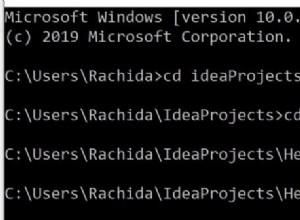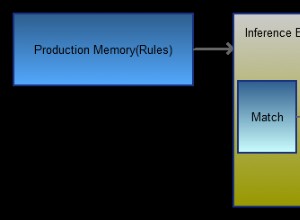Méthode hashCode() de la classe Java Float avec exemple
Méthode hashCode() de la classe flottante
- méthode hashCode() est disponible dans le package java.lang.
- méthode hashCode() est utilisé pour renvoyer le hashcode de l'objet Float.
- méthode hashCode() est une méthode non statique, elle est accessible uniquement avec l'objet de classe et si nous essayons d'accéder à la méthode avec le nom de la classe, nous obtiendrons une erreur.
- méthode hashCode() ne lève pas d'exception au moment du retour du hashcode.
Syntaxe :
public int hashCode();
Paramètre(s) :
- Il n'accepte aucun paramètre.
Valeur renvoyée :
Le type de retour de cette méthode est int, elle retourne le code de hachage pour cet objet.
Exemple :
// Java program to demonstrate the example
// of int hashCode() method of Float class
public class HashCodeOfFloatClass {
public static void main(String[] args) {
// Variables initialization
float value1 = 30.20f;
float value2 = 10.20f;
// It returns hashcode value denoted by this Float f1 object
// by calling f1.hashCode()
Float f1 = new Float(value1);
// Display f1 result
System.out.println("f1.hashCode(): " + f1.hashCode());
// It returns hashcode value denoted by this Float f2 object
// by calling f2.hashCode()
Float f2 = new Float(value2);
// Display f2 result
System.out.println("f2.hashCode(): " + f2.hashCode());
}
}
Sortie
f1.hashCode(): 1106352538 f2.hashCode(): 1092825907



